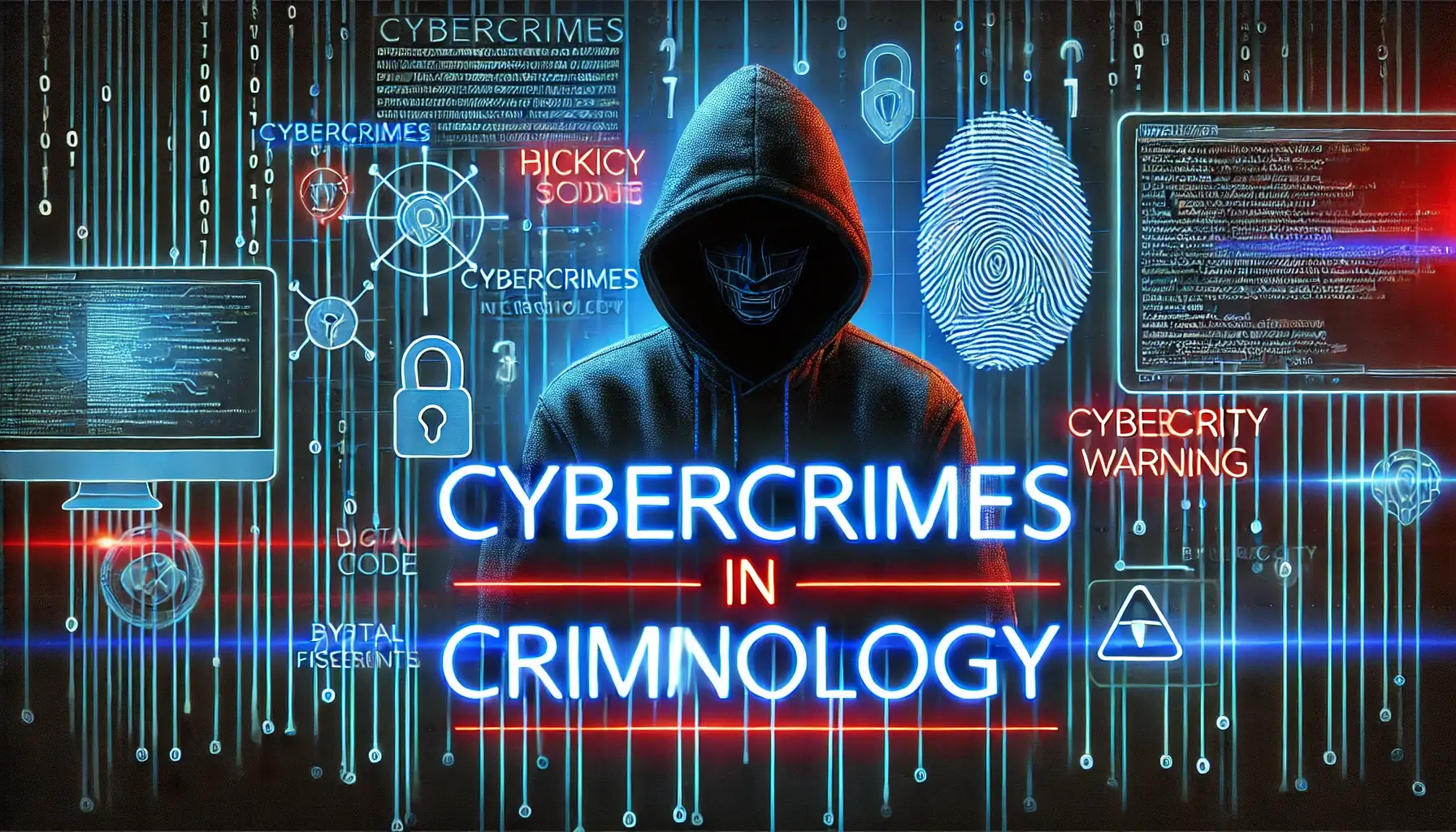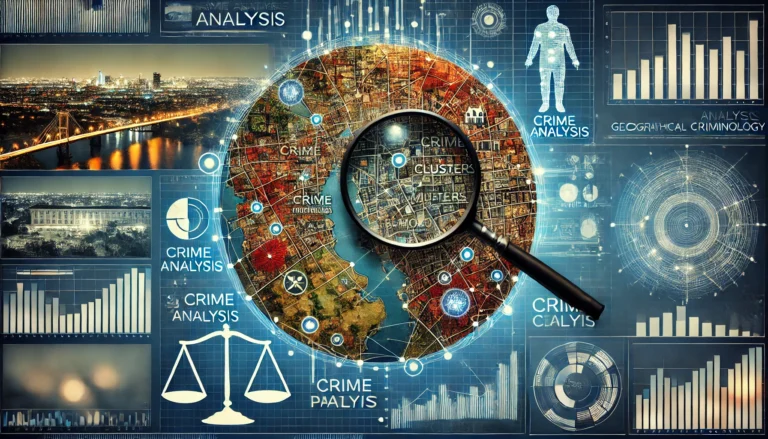Cybercrimes in Criminology: An In-Depth Analysis of Digital Offenses and Their Impact
Introduction: Cybercrimes in Criminology
In the digital age, cybercrimes have become a critical area of study within criminology. As technology advances, so do the methods employed by cybercriminals, leading to a growing challenge for law enforcement, policymakers, and cybersecurity experts. This article delves into the nature of cybercrimes, their various types, the impact they have on society, and the measures taken to combat them.
Defining Cybercrimes
Cybercrimes refer to offenses committed using computers, networks, or digital devices. Unlike traditional crimes, cybercrimes are unique in their ability to transcend geographical boundaries, allowing perpetrators to operate anonymously and often beyond the jurisdiction of local authorities. These crimes can range from financial fraud to cyberterrorism, all of which pose significant threats to individuals, businesses, and governments.
Types of Cybercrimes
Cybercrimes encompass a broad spectrum of illegal activities. The most common types include:
- Identity Theft: The unauthorized acquisition and use of personal information for fraudulent purposes.
- Financial Fraud: Activities such as phishing, credit card fraud, and online banking scams.
- Hacking and Data Breaches: Unauthorized access to secure systems to steal or manipulate sensitive information.
- Cyberbullying and Harassment: The use of digital platforms to intimidate, threaten, or defame individuals.
- Cyberterrorism: The use of digital means to conduct acts of terrorism, disrupt services, or incite violence.
- Online Child Exploitation: Crimes involving the distribution of illegal content related to minors.
- Malware and Ransomware Attacks: The deployment of malicious software to compromise systems and demand ransom payments.
The Impact of Cybercrimes on Society
Cybercrimes have far-reaching consequences that affect various aspects of society:
Economic Impact
- Cyberattacks lead to significant financial losses for businesses and individuals.
- Companies invest heavily in cybersecurity measures, increasing operational costs.
- Identity theft results in loss of creditworthiness and financial instability for victims.
Psychological and Social Impact
- Cyberbullying and harassment lead to emotional distress, depression, and even suicide.
- Online fraud undermines public trust in digital transactions and e-commerce platforms.
- The spread of misinformation fuels societal discord and political unrest.
National Security Concerns
- Cyberterrorism poses a direct threat to national security and public safety.
- State-sponsored hacking leads to geopolitical tensions and cyber warfare.
- Attacks on critical infrastructure, such as power grids and healthcare systems, can have catastrophic consequences.

Criminological Perspectives on Cybercrimes
Criminologists analyze cybercrimes using various theoretical frameworks to understand the motivations and behaviors of offenders:
- Routine Activity Theory: Suggests that cybercrimes occur when a motivated offender finds a suitable target with inadequate security measures.
- Strain Theory: Proposes that individuals resort to cybercrimes due to societal pressures or financial strain.
- Social Learning Theory: Highlights the role of online communities in shaping criminal behavior through peer influence.
- Rational Choice Theory: Argues that cybercriminals weigh the risks and benefits before engaging in illicit activities.
Methods of Combating Cybercrimes
Addressing cybercrimes requires a multi-faceted approach involving legal frameworks, technological solutions, and public awareness initiatives.
Legislation and Law Enforcement
- Governments enact strict cybersecurity laws to deter cybercriminal activities.
- International cooperation facilitates cross-border investigations and prosecutions.
- Law enforcement agencies employ digital forensic techniques to track and apprehend offenders.
Cybersecurity Measures
- Organizations implement encryption, firewalls, and intrusion detection systems to safeguard data.
- Multi-factor authentication and strong password policies enhance user security.
- Regular software updates and security patches mitigate vulnerabilities.
Public Awareness and Education
- Educational campaigns inform individuals about safe online practices.
- Training programs equip professionals with cybersecurity skills.
- Social media platforms enforce stricter policies against cyberbullying and hate speech.
Future Trends in Cybercrime and Criminology
As technology evolves, so will the nature of cybercrimes. Emerging trends include:
- Artificial Intelligence (AI) and Machine Learning (ML) in Cybercrime: Criminals use AI to automate attacks and bypass security measures.
- Deepfake Technology: The rise of deepfake videos and AI-generated content poses threats to privacy and misinformation.
- Cryptocurrency-Related Crimes: The anonymity of digital currencies facilitates money laundering and illicit transactions.
- Quantum Computing Risks: Future advancements in quantum computing could challenge current encryption methods, requiring new cybersecurity strategies.

Conclusion
Cybercrimes present a formidable challenge in modern criminology, requiring continuous adaptation in law enforcement, legislation, and cybersecurity efforts. Understanding the motivations behind these crimes, implementing robust security measures, and fostering international cooperation are essential in mitigating their impact. As digital threats continue to evolve, a proactive approach will be necessary to safeguard individuals, businesses, and national security from the ever-growing risks of cybercriminal activities.
the reviewer
Cybercrime Module 3 Key Issues: References
🔗 unodc.org
Cybercrime Module 2 Key Issues: References
🔗 unodc.org
References – Cybercrime – Cambridge University Press
🔗 cambridge.org
The Psychology of Cybercrime: References | OpenLearn
🔗 open.edu







